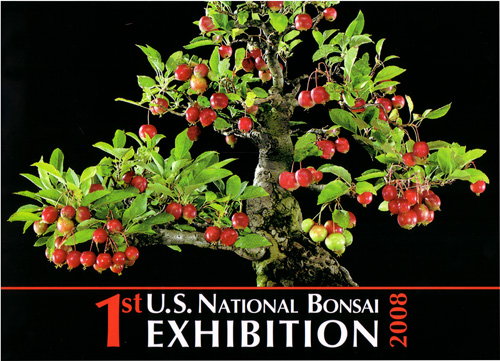This Japanese white pine won the Prime Minister's Award at the 2005 Sakufu Ten Bonsai Exhibition. Though it has nothing more to do with watering than any other bonsai, the photo is from Michael Hagedorn's Crataegus Bonsai, as is the text below.
Yet Another Watering Problem…
The following is by Michael Hagedorn from his website Crataegus Bonsai.
“Probably the worst thing we might encounter when we have a hose in our hand is a tree that, when we think about it, has not dried out in three days of sunny summer weather. That ought to send off all kinds of alarm bells in your head. If none go off, install some.
“First of all, don’t water the tree if you want it to live. Secondly, place it in semi-shade and mist it frequently. The roots are not working, they are not drawing up moisture. Usually what has happened is root rot: the small roots got crispy dry, then they got waterlogged, and now the soil is staying waterlogged and everything that was living is slowly decomposing. This is like a heart that just stopped pumping and the medics are scrambling for the jump-start. If those small rootlets don’t start growing out again soon, the tree will die.
“Tip the pot up on a block to let the excess water run out the bottom of it. The pot must be kept a bit on the dry side, and water introduced by misting onto the leaves to get the tree going again.
“This is one of those cases where prevention is worth it’s weight in platinum. Don’t let your trees get COMPLETELY dry, and be ever alert to those that are not drying out as you would expect.
About Michael
Michael Hagedorn is an accomplished bonsai artist, teacher and author. For more of Michael’s insights, check out his excellent book, Post-Dated – The Schooling of an Irreverent Bonsai Monk and be sure to visit his website.
Post-Dated. Michael Hagedorn's entertaining and enlightening story of a lost and found American bonsai apprentice in Japan.
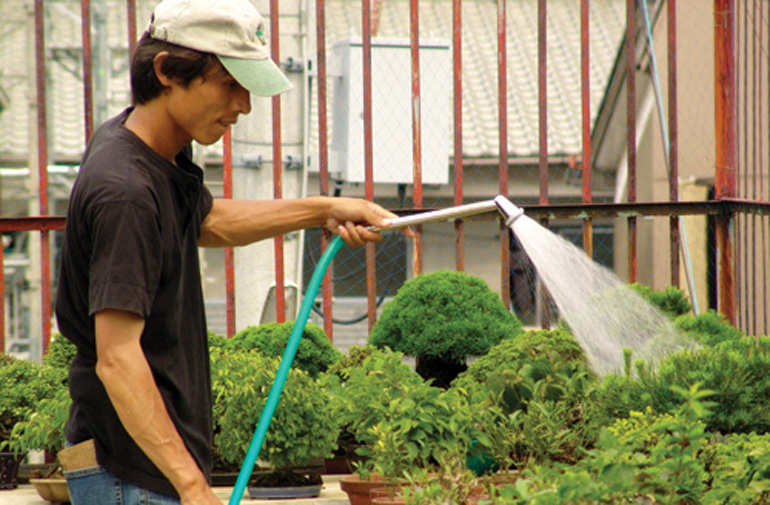
Tomohiro Masumi watering Shohin bonsai at Koju-en in Kyoto. From Shohin Bonsai by Morten Albek.
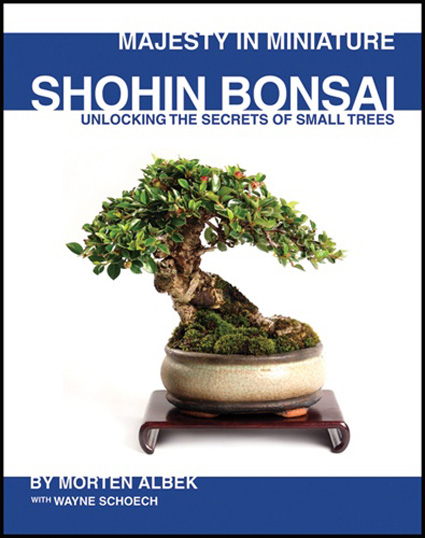
Shohin Bonsai. The only English language book on the delights of small bonsai by Morten Albek (with a little help from yours truly).
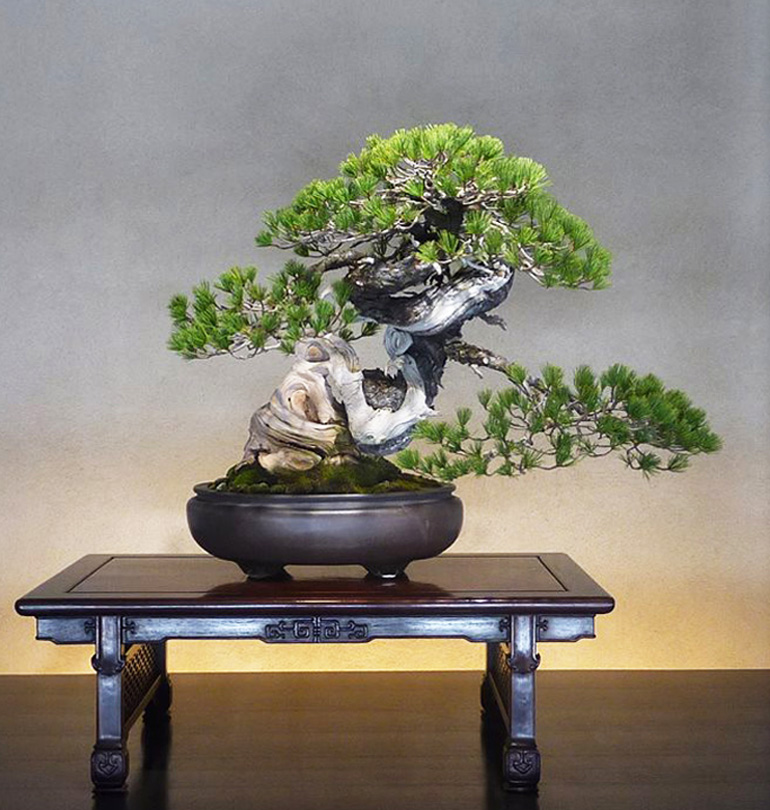

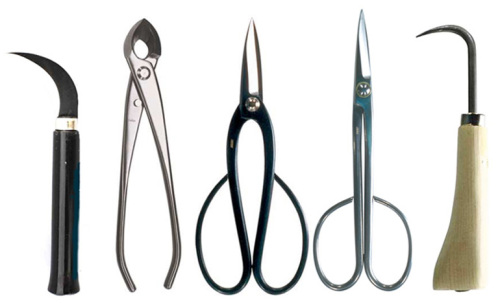
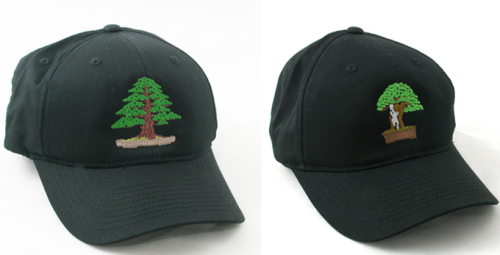
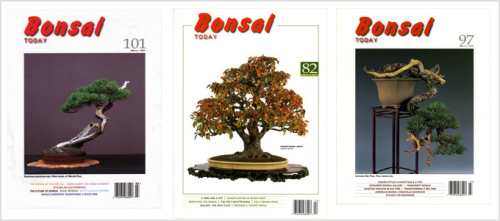 this morning we increased another popular discount from 50% to
this morning we increased another popular discount from 50% to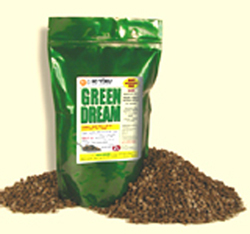 and then there’s your FREE Green Dream Fertilizer
and then there’s your FREE Green Dream Fertilizer
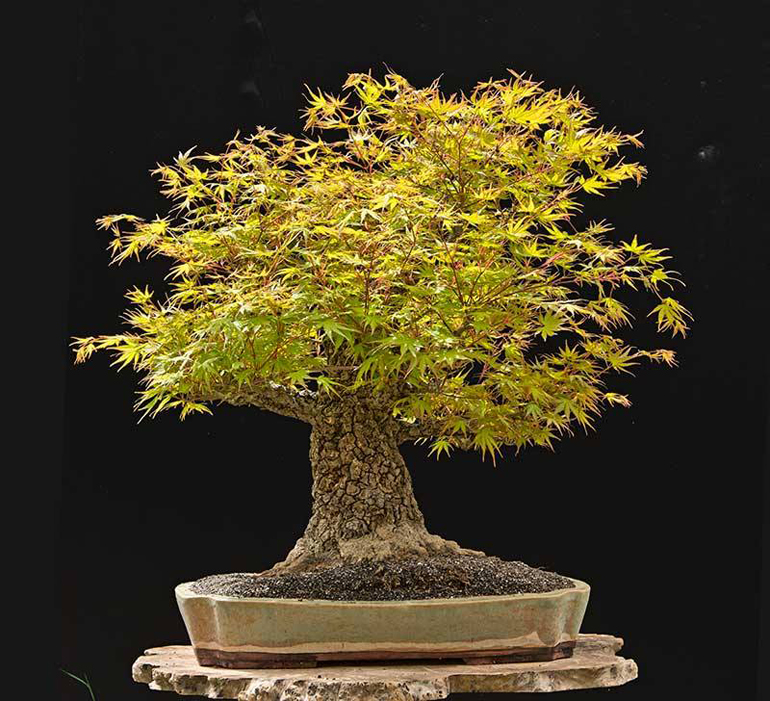
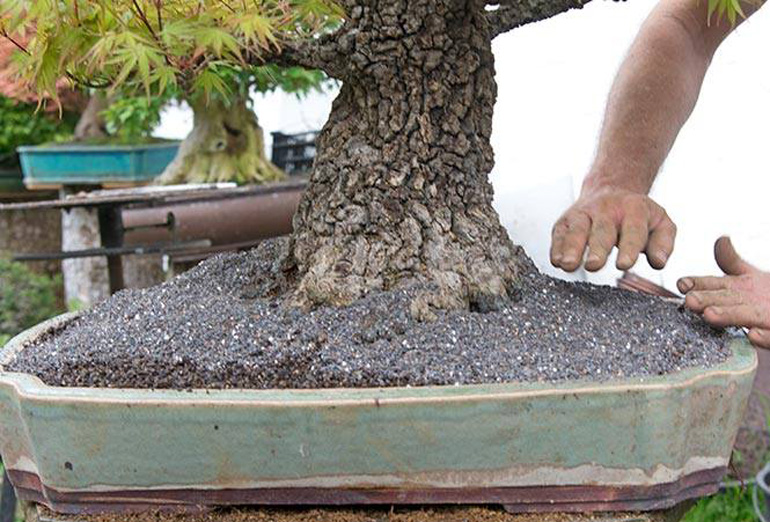
 This photo of our
This photo of our 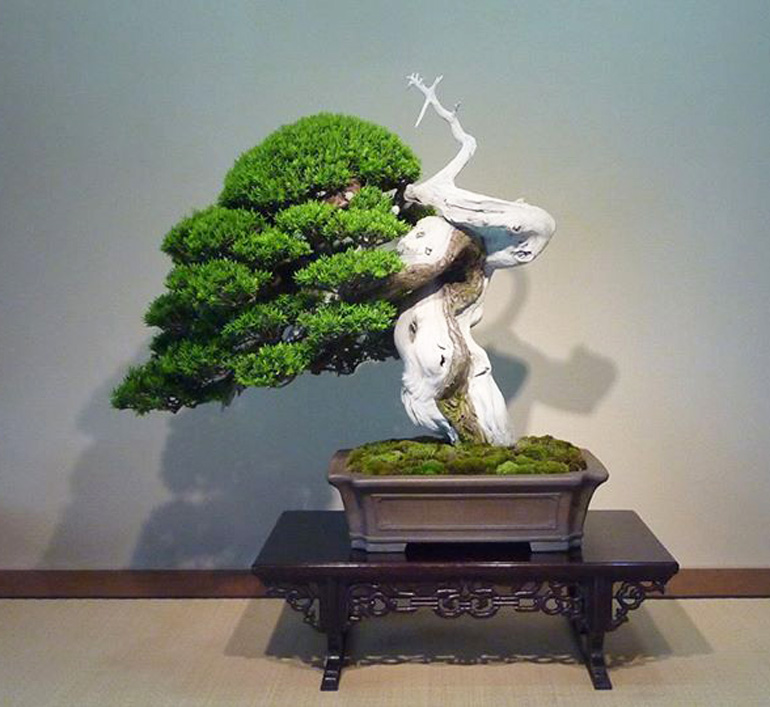 This rather spectacular, muscular Japanese yew resides at the
This rather spectacular, muscular Japanese yew resides at the 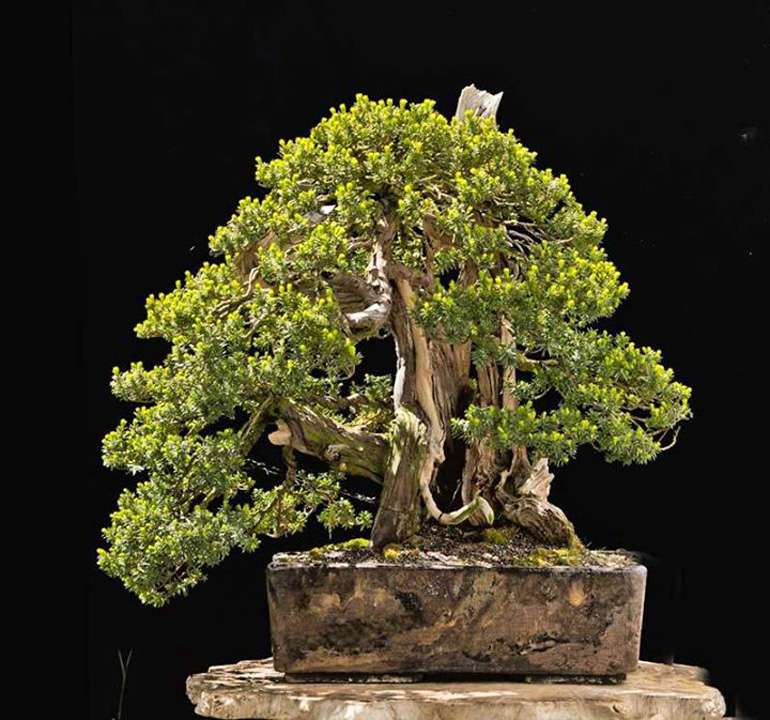 Rugged tree, rugged pot. It's hard to say if the two trunks share a single root system, but my guess is they do. Another possibility is that there is only one trunk that is fused higher up behind the foliage. Like the tree above (but very unlike the tree above) it's a Japanese yew (Taxus cuspidata). It belongs to
Rugged tree, rugged pot. It's hard to say if the two trunks share a single root system, but my guess is they do. Another possibility is that there is only one trunk that is fused higher up behind the foliage. Like the tree above (but very unlike the tree above) it's a Japanese yew (Taxus cuspidata). It belongs to 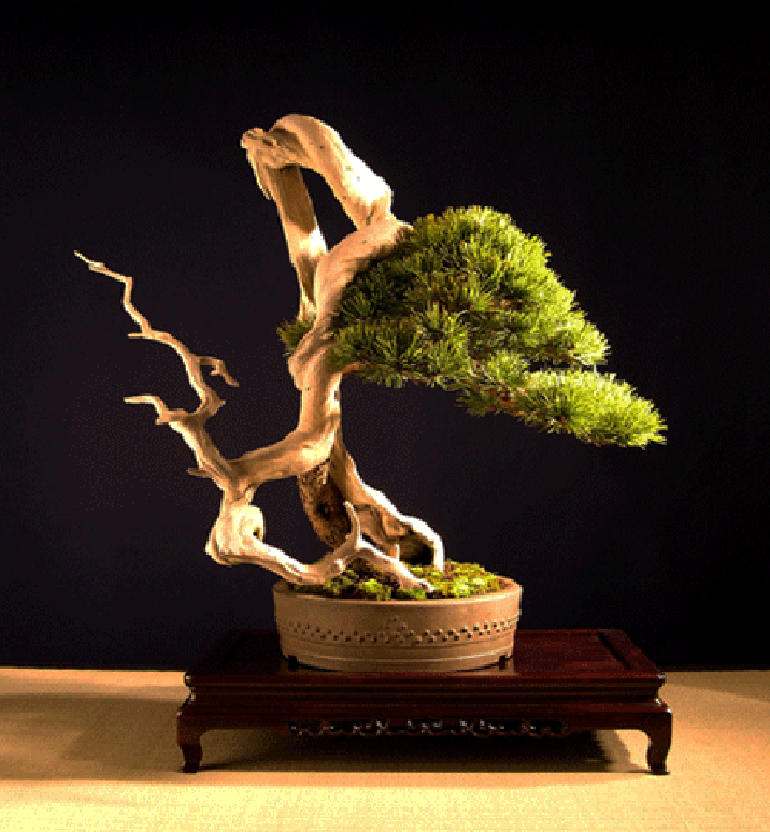 The sculpted look. This Mugo pine by Mother Nature and
The sculpted look. This Mugo pine by Mother Nature and  A more natural feel. The human hand is less evident here than in the one above. Still, it's hard to know just how much the artist (Georg) contributed to this tree's natural feel without seeing the way it looked when it was dug. No matter, this tree speaks for itself, loud and clear.
A more natural feel. The human hand is less evident here than in the one above. Still, it's hard to know just how much the artist (Georg) contributed to this tree's natural feel without seeing the way it looked when it was dug. No matter, this tree speaks for itself, loud and clear. You may have already seen this magnificent landscape Penjing.
You may have already seen this magnificent landscape Penjing.  You might recognize the tree by the fruit (if you know what a Pomegranate looks like).
You might recognize the tree by the fruit (if you know what a Pomegranate looks like).
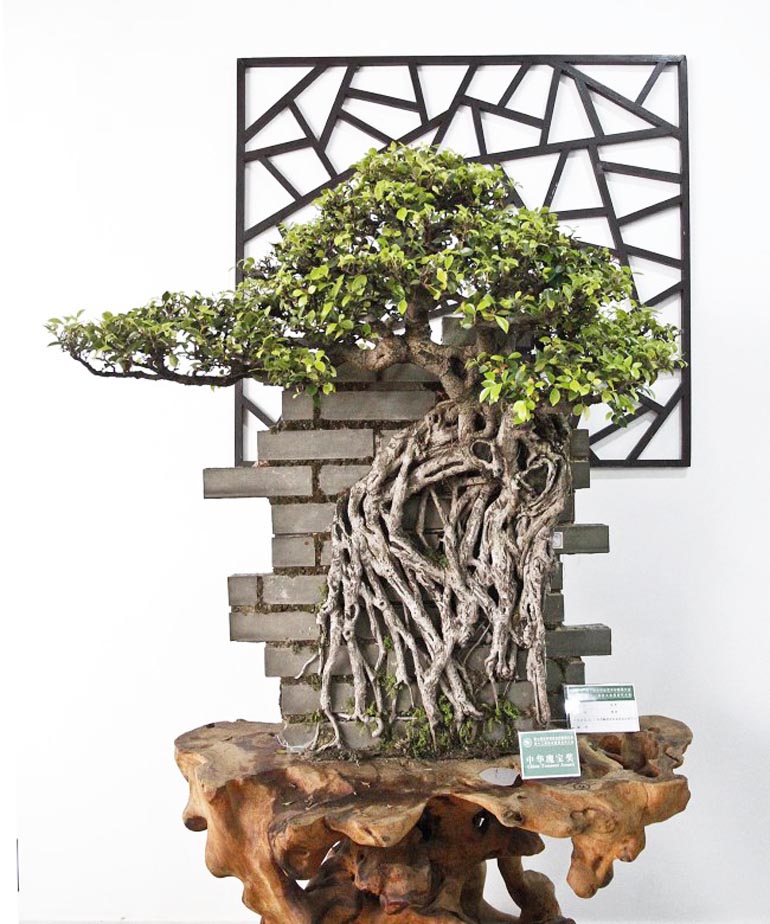
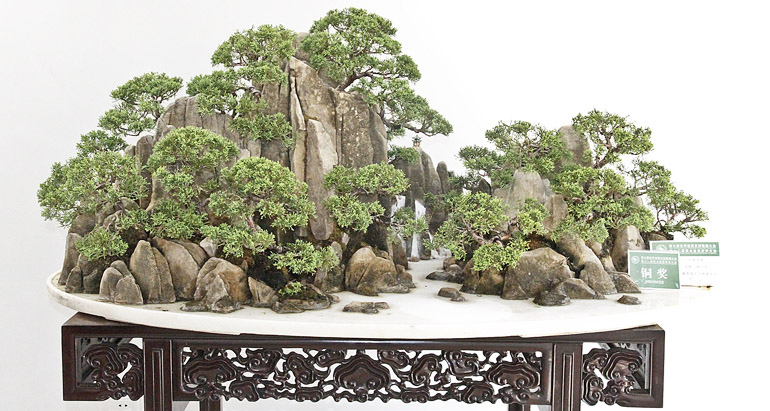

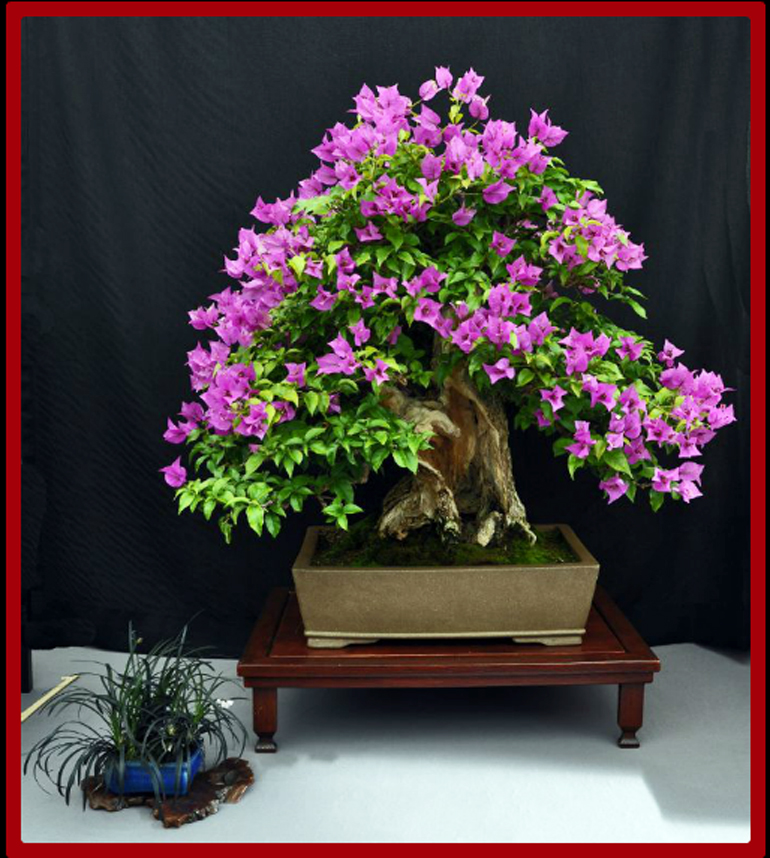
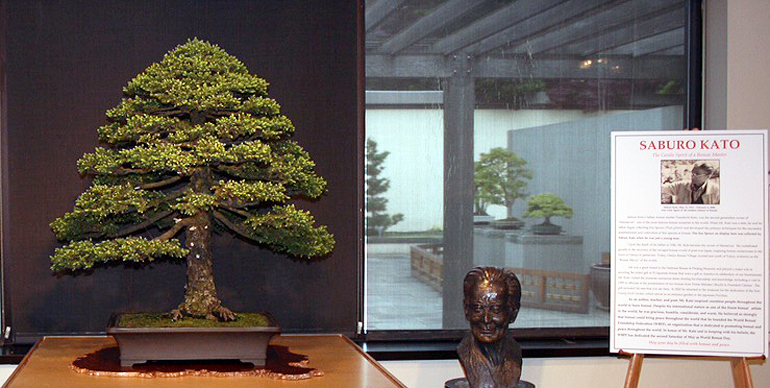
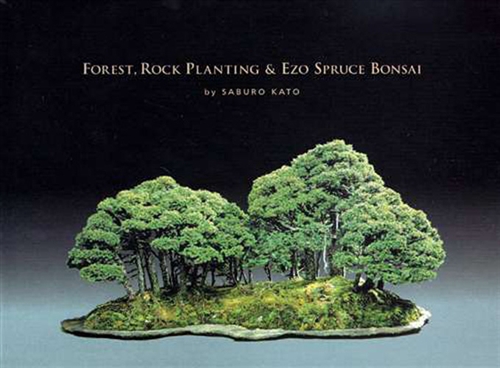
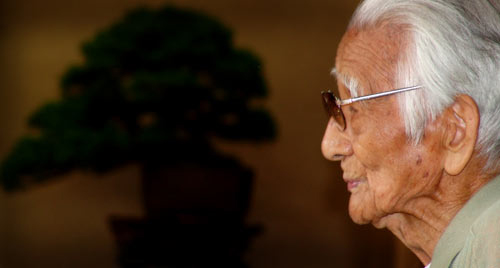 Saburo Kato. Here's
Saburo Kato. Here's 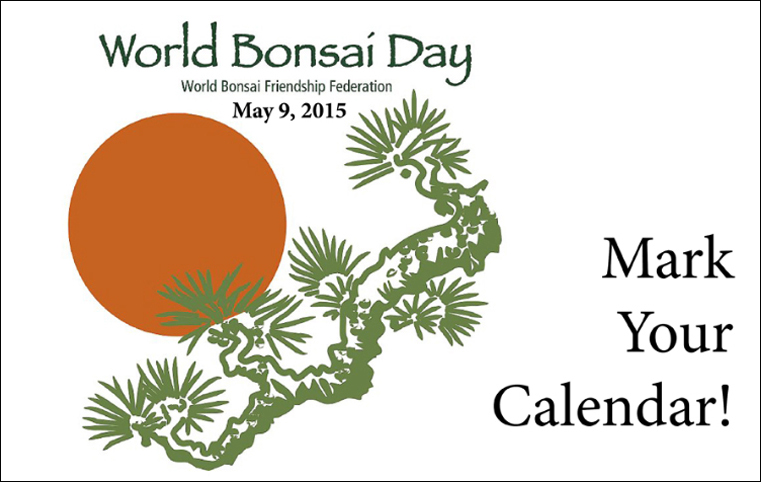
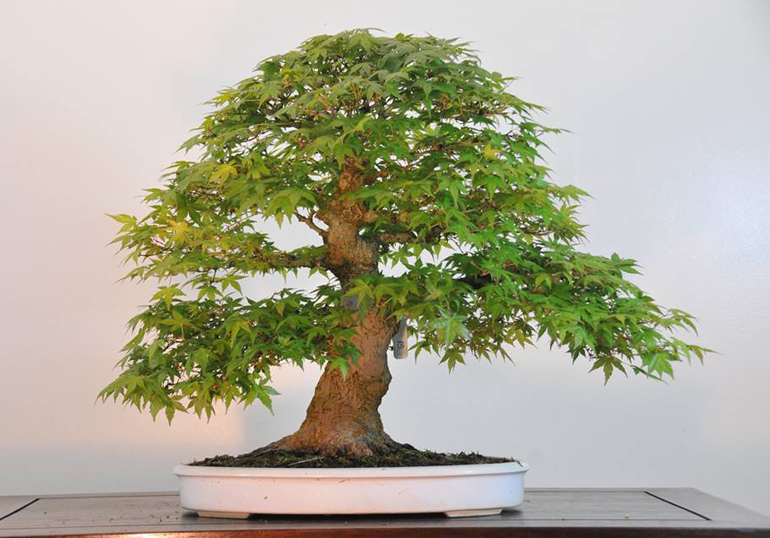
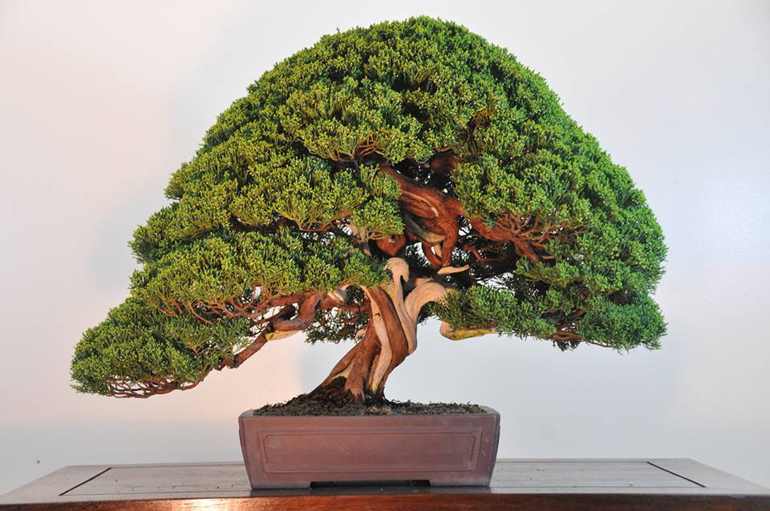
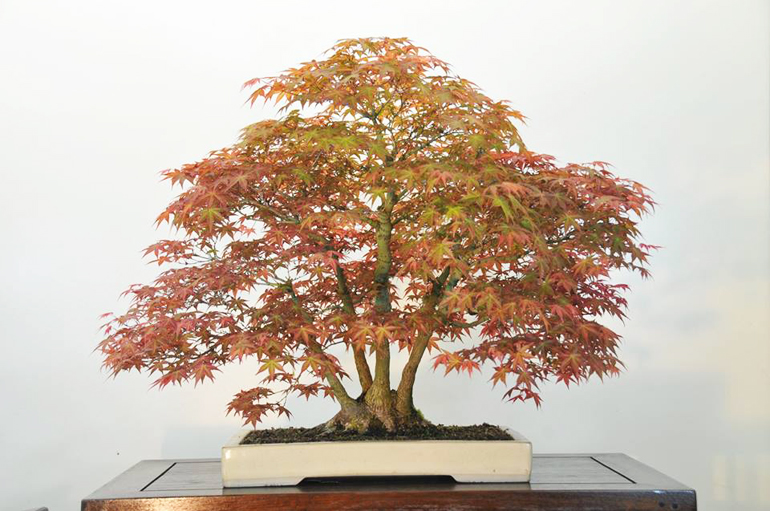
 ...and this old Shohin Pine (Suthin is a Shohin Master as well as a professional nanny). Suthin will be adding more trees for sale from his personal collection regularly
...and this old Shohin Pine (Suthin is a Shohin Master as well as a professional nanny). Suthin will be adding more trees for sale from his personal collection regularly 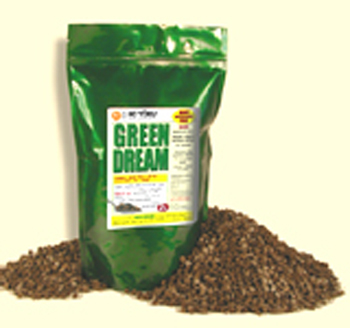
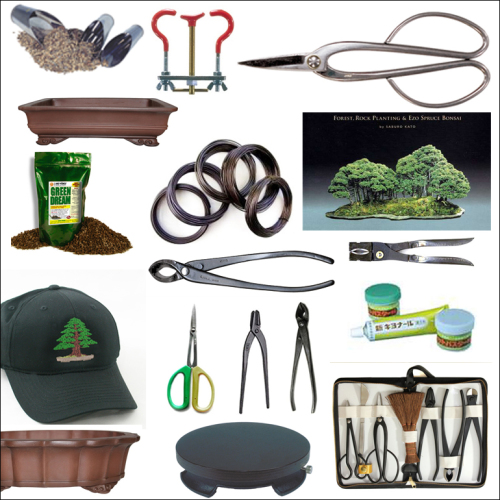
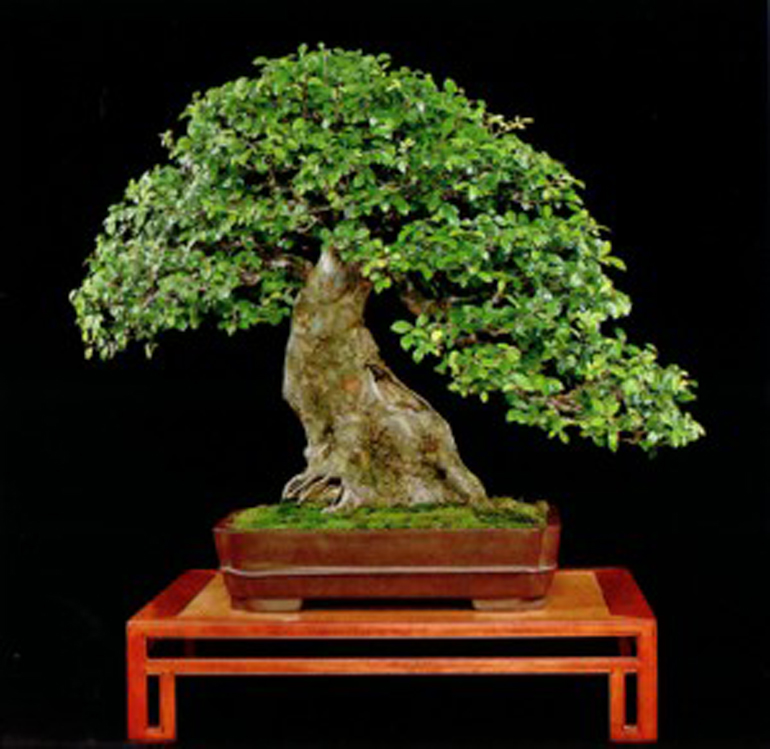
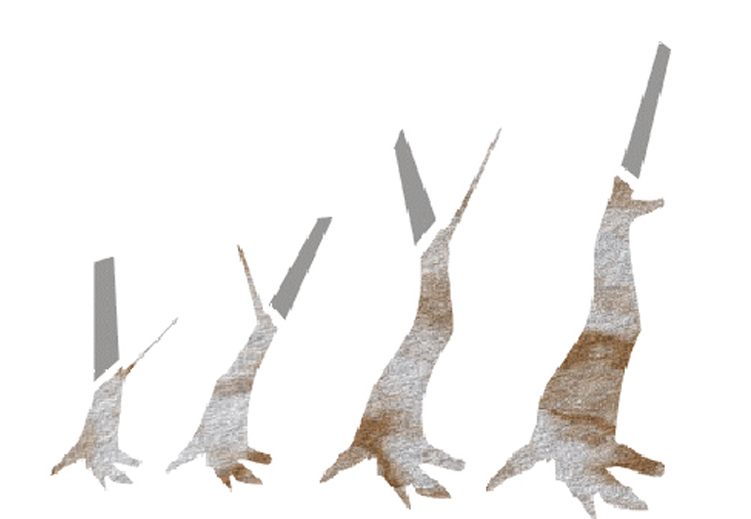 These simple illustrations of the clip and grow technique are from a website called
These simple illustrations of the clip and grow technique are from a website called 